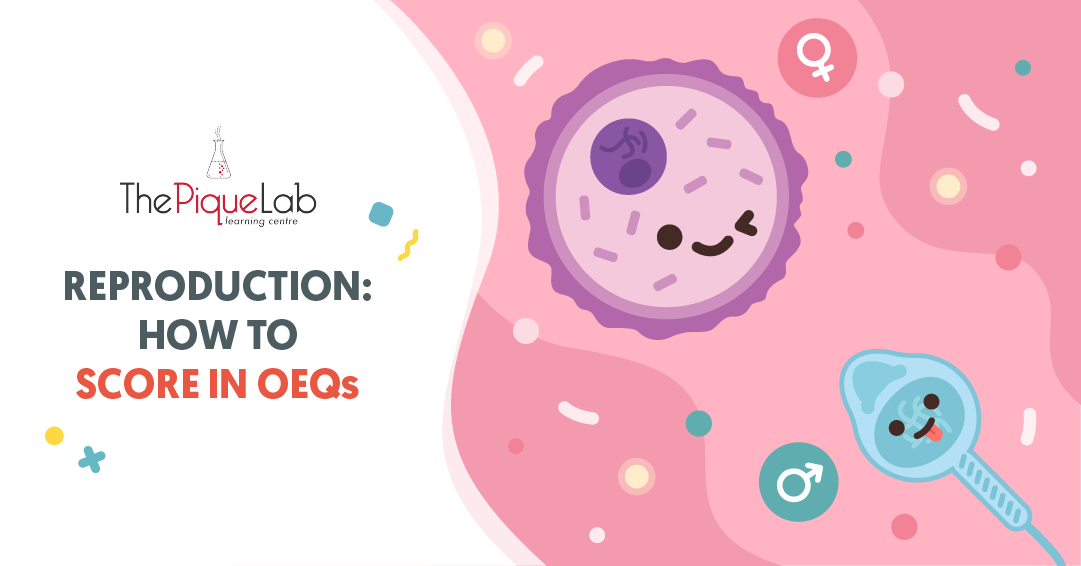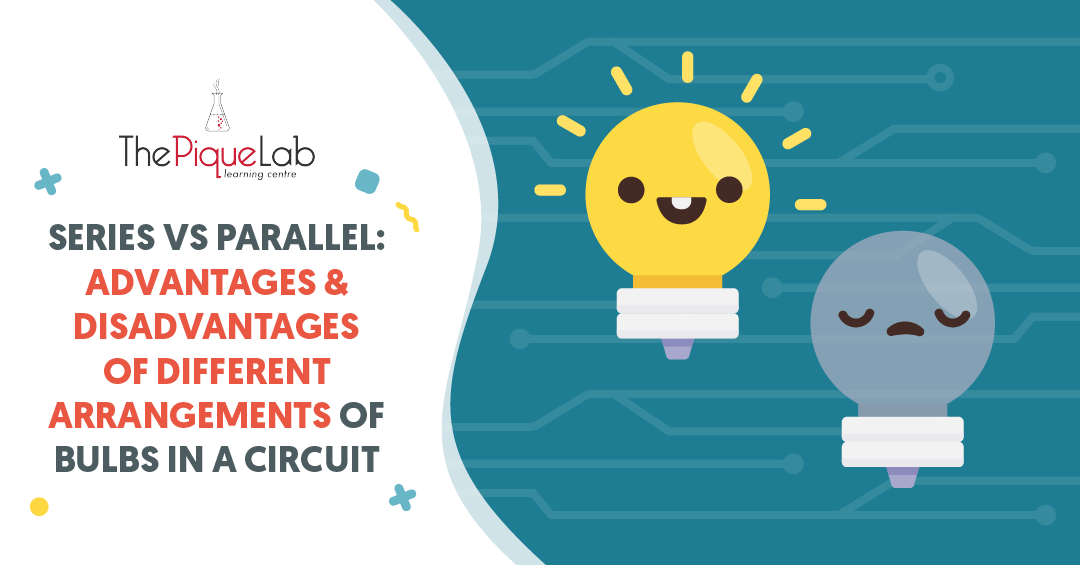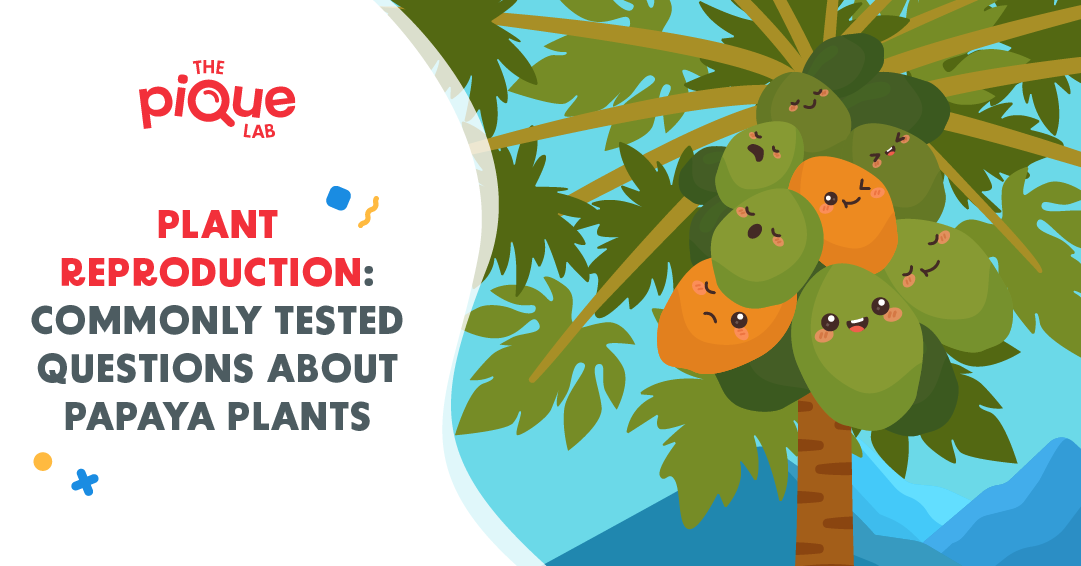Do you struggle to score in the last part of an open-ended question?
Most students often struggle to answer the last part of an open-ended question because:
- The last part of an open-ended question is longer than its earlier question parts. This can cause students to panic and skip it altogether, especially under time pressure.
- The last part looks completely different from its earlier parts. Students are unable to make the linkages within the question to derive the answer to the last part.
What We Will Learn Today
- How to break down the information in a long question part
- How to make linkages within a given question
Today, we will be discussing a 3-part question on Reproduction from the 2013 Methodist Girls’ School P5 SA2 Examination Paper.

Source: Methodist Girls’ School (Primary) – 2013 P5 SA2 Examination Paper [Q32]
Read Also:
Let’s Analyse Part (A)
We are supposed to name the part labelled P.

P points to the two parts which are known as the ovaries of the female reproductive system.
Suggested Answer For Part (A)
Ovaries.
Let’s Analyse Part (B)
We are supposed to write down the function of P, the ovaries. What do the ovaries do?
The ovaries produce the female reproductive cells.
What is another name for female reproductive cells? Eggs!
So the ovaries produce the eggs. The ovaries are also where the eggs are stored. After a female reaches puberty, mature egg will be released by ovaries once every month.
Suggested Answer For Part (B)
The ovaries produce and store eggs. Mature eggs are released from the ovary.
Let’s Analyse Part (C)

Thought Process
After reading the question, some of you are probably thinking:
“My school has not taught me the female reproductive system of a bird. It is not fair to test me this question!”
Let me share an important tip with you below:
⭐️ Tip 1: For out-of-syllabus questions, read through the question carefully and underline the relevant information that can help you to answer the question.
Step 1:
Since the question is comparing the female reproductive system of a bird and a human, I am going to identify and underline their similarities from the question!
You can try it as well and see if it tallies with mine below!

Key information 1:
“The part labelled W has the same function as the part labelled P.”
Since both parts W and P have the same function, we can deduce that the part labelled W is the same as the part labelled P, which is the ovary as discussed in the answer for part (a).
Step 2:
Since the question is comparing the female reproductive system of a bird and a human, let us also identify and underline their differences from the question!
Once again, please try it as well and see if it tallies with mine below!

Key information 2:
“The human female reproductive system has two parts labelled P. The female reproductive system of a bird has only one part labelled W.
From step 1, we have understood that the parts labelled W and P are both ovaries. Thus, we can now paraphrase key information 2 as follow:
Key information 3:
The human female reproductive system has two ovaries (parts labelled P).
The female reproductive system of a bird has only one ovary (part labelled W).
Step 3:
Based on key information 3, how can we rephrase part (c) to understand it more clearly?
⭐️ Tip 2: Since part (c) is asking us the advantage the human female reproductive system (with 2 ovaries) has over the female reproductive system of a bird (with 1 ovary), it is essentially asking us why is it better for females to have two ovaries rather than one.
Step 4:
To simplify things, let’s compare this to a body part we are more familiar with, such as your two hands.
What’s the advantage of having two hands compared to only one hand? Let’s say if one of your hands is injured, at least you still have the other hand to conduct your daily activities.
However, if you only have one hand and that hand is injured, you will not have any hands left to conduct your daily activities.
Step 5:
Let us now relate the understanding in step 4 to the ovaries.
Recall from step 3 that the female bird only has one ovary. If that one ovary is damaged, what is going to happen to the bird?
Do you remember the function of the ovaries?
As discussed in the answer for part (b), the function of the ovaries is to produce and store eggs. Mature eggs are then released from the ovary.
As such, if the female bird has only one ovary and that ovary is damaged, it is no longer able to produce and store eggs. Also, no mature egg can be released to fuse with the sperm for fertilisation to take place and the bird cannot reproduce.
Step 6:
Let’s relate this back to the question: If the bird cannot carry out fertilisation and cannot reproduce, is this a good thing?
No, it’s not a good thing as the population of the birds will eventually become extinct.
Now that we have understood the disadvantages of having 1 ovary, we should also be able to understand the advantages of having 2 ovaries.
Even if one of the ovaries is damaged, the other ovary can still produce eggs. The mature egg released by the ovary is still able to fuse with the sperm in the process of fertilisation, ensuring the continuity of its kind.
This process ensures that the female is still able to reproduce even though one of the ovaries is damaged.
Suggested Answer For Part (C)
The human female reproductive system has two ovaries, unlike the female reproductive system of a bird, which has one. Thus, when one ovary in the human female reproductive system is damaged, the other ovary can still produce eggs. The mature egg released can then fuse with a sperm in the process of fertilisation, ensuring the continuity of our kind.
Conclusion
We hope this article helps you better understand how examination setters structure open-ended questions and how you can tackle the last part more confidently.
The last part of an open-ended question tests your ability to:
- Extract key information from the question to answer the question AND
- Relate concepts tested in the earlier parts to the last question part.
When in doubt, revisit your answers and understanding of the earlier parts to derive the answer for the last part.
Stay tuned for more articles coming your way! 🙂

If you like our methodology, we've some upcoming workshops:







